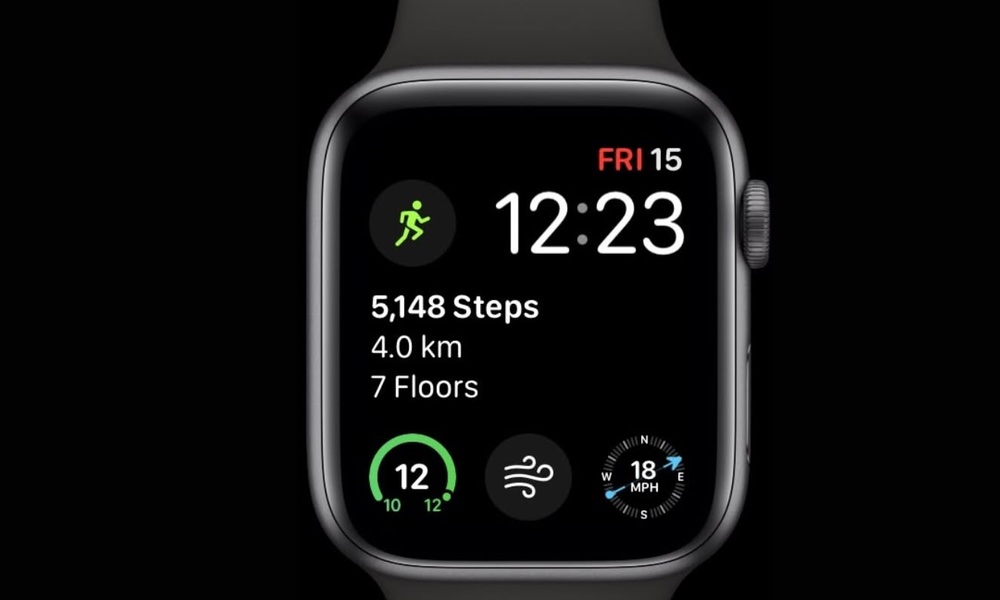Mosquito bites are the scourge of everyone’s summer. The rising risk of West Nile virus that comes with the bites just makes them that much worse.
The last few years have seen outbreaks of West Nile in different locations around the country, so researchers at the Centers for Disease Control and Prevention and the U.S. Public Health Service recently did a review of the scientific literature on the mosquito-borne virus.
“I did a similar literature review ten years ago in JAMA,” Lyle Petersen, corresponding author on the study, told TheDoctor. Since that time, he went on to say, researchers have learned a lot more about the virus and how it behaves in the U.S..
The virus is able to establish itself in a wide variety of ecosystems, leaving the whole continental U.S. basically at risk.
According to Petersen, even though about 3 million people have been infected, 98 percent or 99 percent of the population is still susceptible to infection with the virus, so prevention methods are just as important as ever.
About 1 in 5 people who are infected will develop a fever with other symptoms such as headache, body aches, joint pains, vomiting, diarrhea, or rash.
The CDC estimates that most people (70-80%) who become infected with West Nile virus do not develop any symptoms. About 1 in 5 people who are infected will develop a fever with other symptoms such as headache, body aches, joint pains, vomiting, diarrhea, or rash. Most people with this type of West Nile virus disease recover completely, but fatigue and weakness can last for weeks or months.
People with certain medical conditions, such as cancer, diabetes, hypertension, kidney disease, and people who have received organ transplants, are also at greater risk for serious illness. Recovery from severe forms of the disease may take several weeks or months. Some of the neurologic effects may be permanent. About 10 percent of people who develop neurologic infection due to West Nile virus die.
The researchers found that the virus has become widespread, and is now circulating every year across almost the entire continental U.S.. That West Nile has managed to cause outbreaks in places like Phoenix, a city in the middle of the desert and also in cities with completely different climates, like Chicago or New Orleans, is “pretty remarkable,” Petersen said. The virus is able to establish itself in a wide variety of ecosystems, leaving the whole continental U.S. basically at risk.
We expect that the number of cases, based on historical precedence, will begin to increase over the next several weeks.
The timing of outbreaks is amazingly consistent from year to year. They begin to increase at the end of July, peak somewhere around the beginning to middle of August, and then taper off into September. And they occur a little earlier in the southern U.S. than the northern region of the country. “This means that we expect that the number of cases, based on historical precedence, will begin to increase over the next several weeks, which means that people need to take precautions right now.” according to Petersen .
Some of the emergency control efforts that cities have taken, such as widespread pesticide spraying, are effective in stopping outbreaks when they do occur, says Petersen. Several studies have looked at the health effects of pesticide spraying, and found that there have been no short-term health effects from spraying to control West Nile outbreaks.
Mosquitoes that spread West Nile virus are most active around dawn and dusk, although they can be out all night. If you go outside where mosquitoes are present, wear insect repellent. That is the single most important thing someone can do.
“We recommend products that contain N,N-diethyl-meta-toluamide, commonly called DEET,” says Petersen. “A lot of misinformation exists about DEET. People think it is dangerous. The reality of DEET, though, is that is actually one of the safest chemicals that people apply to themselves.”
DEET-containing products are also much more user-friendly than they used to be, says Petersen. People think of them as oily and bad-smelling. But newer products are much more pleasant to use.If you go outside where mosquitoes are present, wear insect repellent. That is the single most important thing someone can do.
Petersen says that the higher the concentration of DEET, the longer it lasts, until the concentration gets up to about 40 percent. “I wouldn’t advise products that are 100 percent DEET, because they really do not work any better. You should look for products that contain 10 percent DEET if you are only going to be out for a short time, and 30 to 40 percent DEET if you will be out for longer periods.”
“We also recommend products that contain picaridin, oil of lemon eucalyptus, or IR3535,” says Petersen. These products are registered with the EPA and are known to be effective. It is easiest to remember DEET, though, and physicians and public health officials have the most experience with DEET.
The review is published online in JAMA,The Journal of the American Medical Association.




